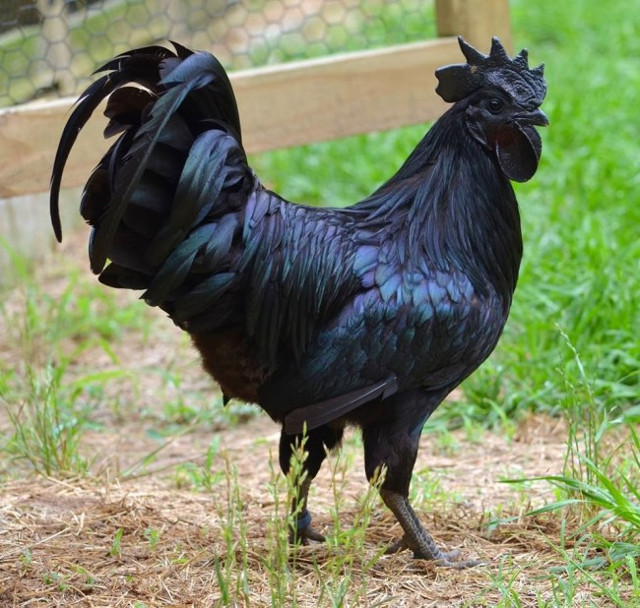My earliest writings were poems, so poetry will always been at the core of everything I’ve write, from suspense thrillers to socially provocative essays. According to my favorite story teller (and the first American great writer) Edgar Allen Poe, “rhymed poetry” is the literary form in which the “highest genius” might most advantageously exert its powers (see Literary Criticism of Edgar Allen Poe).
I have always admired Poe, whose dark short stories intrigued me, but he and I are of like opinion when adjudging his highest genius, coming to humanity in the form of his narrative poem. It was Poe’s favorite. Its publication made him wildly famous in his lifetime and remains one of the most famous poems ever written. At some time after its publication, Poe wrote the essay, The Philosophy of Composition, describing his method for writing the poem (beginning at page 3). If you aspire to genius, the essay is worth a read.
The Raven is truly a complex poem in terms or rhyme scheme and meter. The first and third lines have a rhyming word at the middle and at the end of the line (as in “dreary” and “weary”). This is called internal rhyme. In the fourth line, the rhyme from the third line shows up in the middle of the sentence.
The most noticeable rhyme in the poem comes at the end of the second, fourth, fifth, and sixth lines in each stanza. It’s easy to pick out, because it’s always an “or” sound (e.g. lore, door, more, floor, Lenore, and of course, Nevermore). That means that two thirds of the lines in this poem end with the same sound! In English professor-jargon, this rhyme scheme would be called ABCBBB, with each letter standing for the sound that ends a line.*
As far as the meter goes, we can start by counting out the number of syllables. The first and third lines have sixteen syllables each. That makes eight pairs of syllables. The emphasis in these pairs is usually placed on the first syllable: (Once u/pon a /midnight/ dreary). This kind of syllable pair is called a trochee. Since there are eight syllable pairs in a line, we call it “octameter” (octo- standing for eight, as in octopus). So the meter is called trochaic octameter.**
As a tribute to Poe, I wrote a similar poem, with a similar subject, thought instead of the dark, menacing and prophetic corvid, mine is about a black hen from Petaluma, the largest poultry and egg producing region in California. Like The Raven, Black Bertha is written in trochaic octameter and shares an identical rhyme scheme. Times change, so my work preserves the complexity in modern usage and style.
Its inspiration was my niece, who seemed to think being black was a disadvantage, as she constantly tried to reinvent herself as white. The message in the poem, Tap your inner reservoir, is an appeal to what’s inside. In Bertha’s case, her value lies in the eggs she carries inside, and the rejection of that source of purpose and pride leads to her demise.
The full text of Black Bertha is contained in my short story collection, Four Stories, available in print and as an eBook, but I am providing a sample of the work below.

